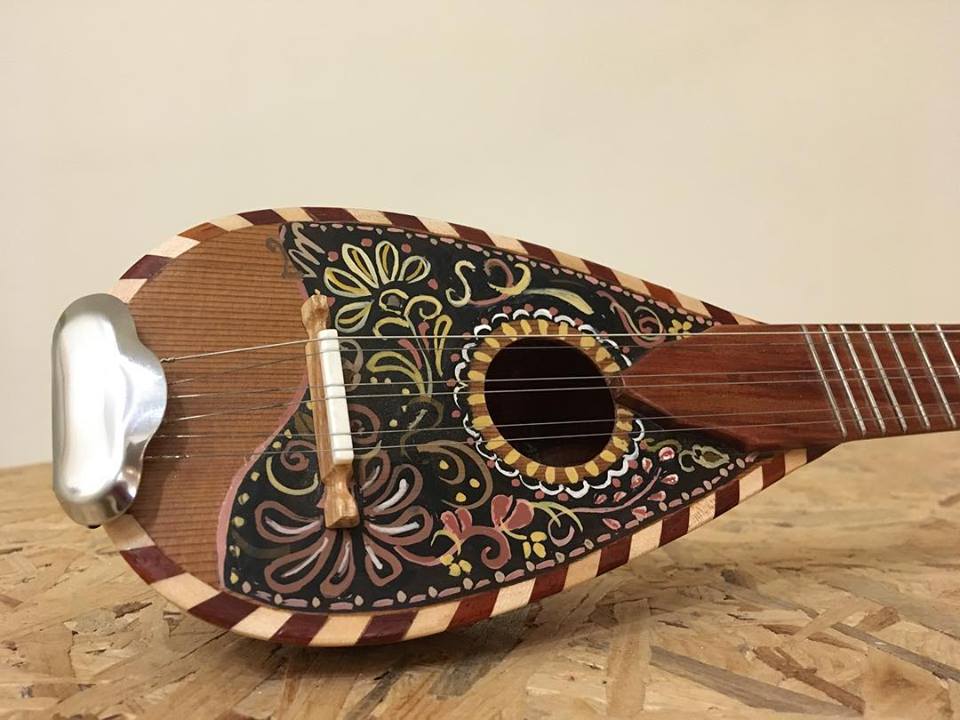

This picked stringed instrument is used in classical Ottoman music and Turkish, Greek, Kurdish and Armenian folk music. The Bağlama is a long-necked lute from Turkey, also known by the name Saz, which basically means ‘instrument’ in Persian language. Its features change by countries, cultures and also by builder.

It remains a very popular instrument in our times in a wide region from North Africa to Azerbaijan, including Spain’s Andalusia region and Greece. It has existed since pre-Islamic Mesopotamian civilizations. The Oud is short-neck type lute from Middle East region. It’s mainly used in classical Ottoman music, but it is also present in Smyrna-style (Izmir Style) Rebetiko music. Yes, that’s how it’s played! Its sound has a spiritual feeling that catches the soul. You don’t push the strings to make a note you just put your finger vertically on the fingerboard and nicely touch to string from the side with your nail. The Classical Kemenche, called Politiki Lyra in Greek (Constantinapolitan Lyre), is a pear-shaped bowed instrument from Anatolia, which is somewhat reminiscent of a violin, but played upright on the knee. In Turkish traditional music its place is in very rhythmic dance music. The kemenche is very popular in Iran and Armenia as well. It is shaped like a long lute and it generally played upright on the knee with a bow. The classical type of bouzouki has 6 strings (3 sets of unison double strings) and is called a trichordo.Īlso called Kemenche of the black sea or Pontic Kemenche (Pontiaki Iyra), the Kemençe is a bowed lute from the northern Pontus region of Turkey on the Black Sea coast. Its features generally depend on the builder, and it can have many variations of size, number of strings, and length of the fingerboard. The bouzouki has a round wooden body with metal strings arranged in three or four double courses over a fretted neck. It is frequently used in Rebetiko (Greek traditional music). The bouzouki is a stringed instrument originally from Asia and brought to Greece in the 1900s by Greek immigrants from Anatolia. Hopefully, you will discover something new and interesting. I thought it might be interesting to write a small introduction to Greek and Turkish instruments and present some examples of their exotic sounds. While wandering around the famous bazaar ‘Kemeralti’ in Izmir, Turkey (where you can find some stores that are there for 150 years or more) - Izmir is also the place where Epiphone was founded before they moved to the US., I dropped into some small instrument shops that continue the traditional work on the saz and bouzuki. The region of Greece and Turkey is particularly rich in a variety of stringed instruments. What we might call “traditional instruments” live on in many cultures and create exotic sounds that the guitar just can’t reach. But the popularity of these instruments has not been steady throughout history in fact, the guitar’s popularity only arrived in the last 100 years or so.

When we think of musical instruments, and specifically stringed instruments, it might be natural to think mostly of the guitar and bass, and perhaps ukulele, mandolin, violin and cello, all of which are familiar from Western pop music.


 0 kommentar(er)
0 kommentar(er)
